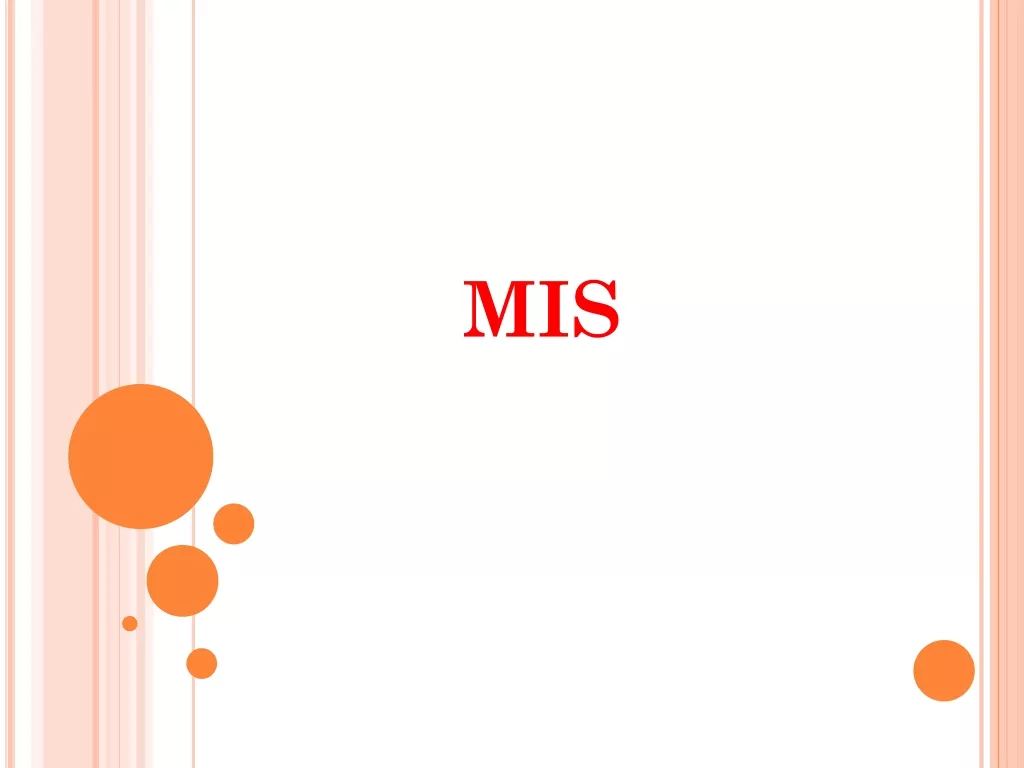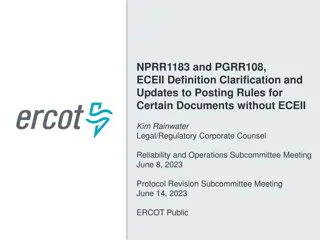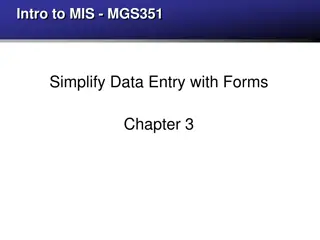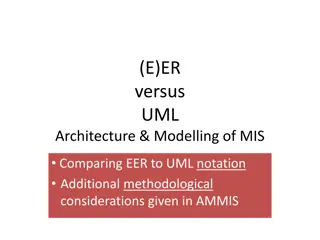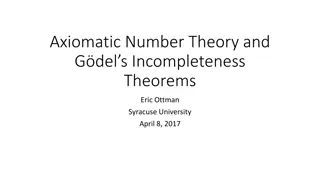
Learn Spanish Grammar: Using Estar to Describe Locations
Explore the use of the verb "estar" in Spanish to describe locations, understand prepositions of place, and practice conjugations through engaging activities. Enhance your language skills and master expressing where things and people are located effectively.
Download Presentation

Please find below an Image/Link to download the presentation.
The content on the website is provided AS IS for your information and personal use only. It may not be sold, licensed, or shared on other websites without obtaining consent from the author. If you encounter any issues during the download, it is possible that the publisher has removed the file from their server.
You are allowed to download the files provided on this website for personal or commercial use, subject to the condition that they are used lawfully. All files are the property of their respective owners.
The content on the website is provided AS IS for your information and personal use only. It may not be sold, licensed, or shared on other websites without obtaining consent from the author.
E N D
Presentation Transcript
Spanish 1 D nde est n mis llaves? D nde est el gato?
Learning Outcomes: Dnde est el gato? 7.2.1: Recognize the correct conjugations of the verb estar. 7.2.2: Use the prepositions of location to describe where things and people are located in a house. 7.2.3: Identify locations from spoken text. 7.2.4: Ask and answer questions with the word d nde?
Introduction to Dnde est el gato? There are two ways to say to be : ser and estar. While ser is used to describe physical characteristics and personality traits and to indicate place of origin ( De d nde eres?), among other things, estar is used to indicate how someone is feeling (thus c mo est s?) and to indicate location, among other things. We ll get to estar with emotions in a future section. Here, we ll be exploring estar with locations. So, when we ask D nde est el gato?, we re asking Where is the cat (located)? (using estar). In order to answer that question, we ll need to use a preposition of place. The cat is under the blankets. Prepositions are relation words; they can indicate location, time, or other more abstract relationships. The words under, on, around, and at are all prepositions. In this section we ll learn some of the prepositions of place in Spanish.
Actividad de calentamiento 1 Intenta decir d nde est el gato: El gato est en la silla. El gato est en el techo.
Gramtica: Estar You have already learned the verb ser, but Spanish has another verb that also means to be estar. In addition to indicating how you and others are feeling (which we ll discuss in a future chapter), estar is used to express location. So, if you are talking about where a person or a thing is located, you will use estar: singular plural 1a yo estoy nosotros estamos 2a t est s vosotros est is 3a l/ella/usted est ellos/ellas/ustedes est n As you should notice, estar has an irregular yo form along with accented endings in all but the nosotros form.
Estar y la locacin To use estar to express the locations of people and things, you ll need to know some prepositions of location as well: alrededor (around) al lado de (beside) enfrente de (in front of) a la derecha de (to the right of) a la izquierda de (to the left of) debajo de (under) en (on, in) detr s de (behind) cerca de (close to) lejos de (far from)
Ejercicio Llena el espacio en blanco con la forma apropiada del verbo estar. 1. T _____ detr s de las cortinas. 2. l _____ en la biblioteca estudiando. 3. D nde _____ mis llaves? 4. Cuando hace fr o, nosotros _____ en la casa. 5. Yo _____ lejos de la escuela y mi clase empieza en cinco minutos! 6. Debajo de la mesa _____ mi gato. 7. T _____ a la izquierda de mi hermano en la foto. 8. Vosotras _____ enfrente de la puerta. 9. En este momento ellos _____ en el coche para ir al aeropuerto. 10.Nosotros _____ cerca del centro comercial y necesito una camiseta nueva.
Dnde? The question word used to ask about locations is D nde? (where?). It can be combined with prepositions to ask more specific questions, for example: De d nde? (from where?). Remember that question words always need an accent mark, and don t forget to put the upside-down question mark at the beginning of the question with the upside-right question mark at the end of the question. where?) and Ad nde? (to De d nde eres? (Where are you from?) Soy de Oneonta, Nueva York. (I am from Oneonta, New York.) Ah, y d nde est Oneonta? (Ah, and where is Oneonta?) Oneonta est en las monta as; no est cerca de la ciudad de Nueva York. (Oneonta is in the mountains; it s not close to New York City.)
Actividad: Adivinanzas T dices a tu compa ero d nde est una cosa en la sala de clase y el compa ero tiene que adivinar qu es la cosa.
Practice Question 1 Vosotros _____ cerca del parque. A. est n B. est s C. esta s D. est
Practice Question 2 Yo _____ debajo de nublados enormes. A. esto B. estamos C. est D. estoy
Practice Question 3 Nosotros _____ en la clase se espa ol. A. esto B. estamos C. est D. estoy
Practice Question 4 Sonia y Pedro _____ en la sala. A. esto B. estamos C. est n D. estoy
Quick Review How is estar different from ser? How is estar used to describe location?

